What is the meaning of the numbers that we see on Tiger turrets?
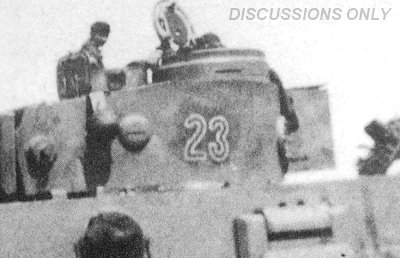
It's often assumed that these are unique identity codes. This is not true. Consider these two facts:
1. A Tiger could get renumbered several times.
2. Multiple Tigers bearing the same number could exist at the same time.
What, then, do the numbers mean? They indicate the Tiger's temporary place in its unit's organisation. So let's look at how Tiger units were arranged.
Tiger unit structure
The original plan for Tigers was not to issue them to existing units, but to create new "heavy tank battalions". In August 1942, this structure was defined for them :
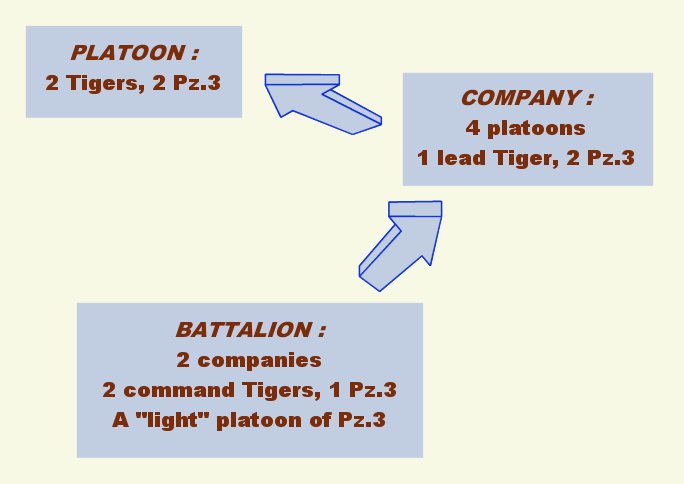
The first few Tiger battalions to be created did follow this guideline, but single companies of Tigers were also embedded in certain existing divisions.
In March 1943 a new structure was defined for Tiger battalions :
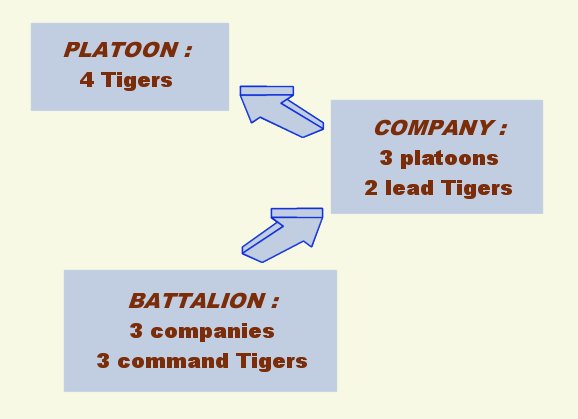
The existing battalions (and companies) were soon issued more Tigers to comply with this new plan, and gave up their Pz.3. Obviously their Tigers needed renumbering when this change was made.
But there were other reasons to renumber a unit's Tigers: the loss of a significant number of tanks, the arrival of new ones, and (for the embedded Tiger companies) a reorganisation of their containing division.
The identity numbers
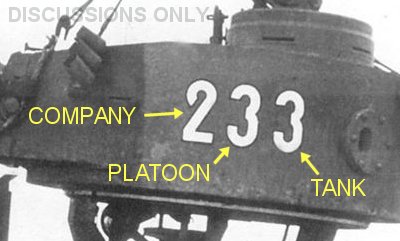
The standard way to identify a Tiger within its battalion was with a 3-digit number. The digits had the meanings shown in this photo; first the company number, then the platoon, then the tank. When there were Pz.3 in the platoons they used the same scheme, and were assigned the odd numbers, or the even numbers, or the higher two numbers.
The identity of the Tiger's battalion was considered sensitive intelligence and was not painted explicitly on the tank. It was indicated by a logo, or not at all.
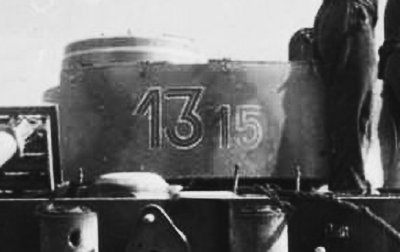
Embedded Tiger companies were added to divisions that already had tank companies, resulting in Tiger numbers that began with "4", "7", "8", "9" or "13". The 13th company of LSSAH is the only Tiger unit that ever used 4-digit numbers. They would paint the company number larger than the tank's number, as you see here.
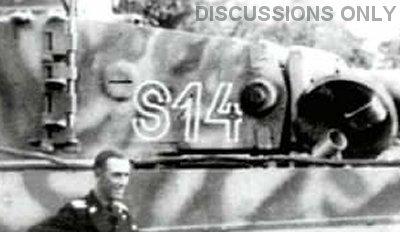
Three of the embedded Tiger companies were designated "Schwer" (heavy) companies at various times, so their Tigers then had numbers preceded by "S".
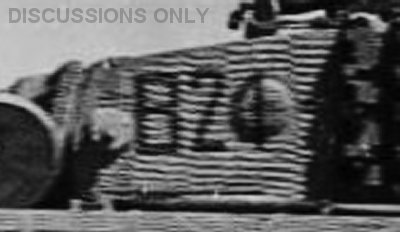
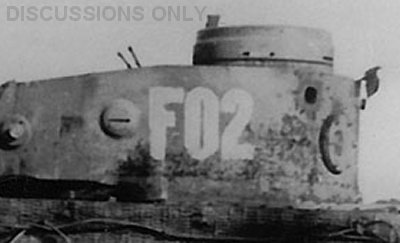
Other examples of "letter" identifiers are the full-sized Tiger battalion of division "Grossdeutschland", which called its companies "A", "B" and "C"; and the tiny Kampfgruppe Schultz whose six Tigers had numbers prefixed with "F".
Short identifiers
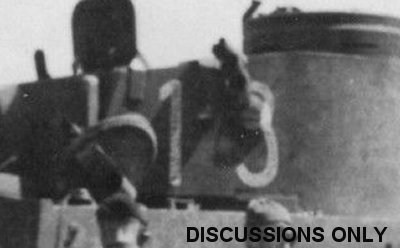
Short identifiers were sometimes used, with part of the identifier being either implicit or inapplicable. For example, the 502 battalion was short of Tigers in early 1943 and so organised as a single company, with 2-digit numbers.

Division "Grossdeutschland" had an embedded Tiger company, their 13th, that was expanded to full size in mid 1943. They then used 2-digit identifiers, omitting the company number.
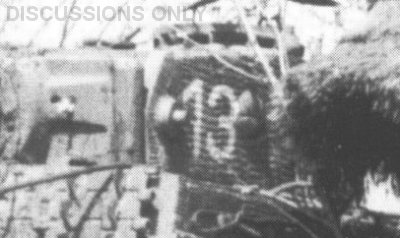
s.Pz.Abt.506 was a full battalion, with each company's Tigers numbered from 1 to 14, i.e. it had no platoon structure. The colour of the digits denoted the company.
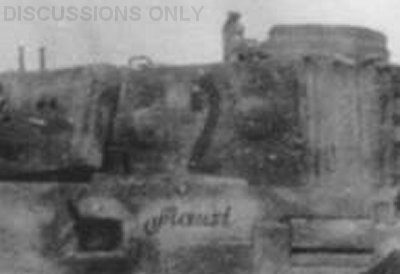
Sometimes a unit had so few Tigers that it would use single-digit numbers. For example, "Grossdeutschland" numbered its Tigers from 1 to 9 in Spring 1943. Company "Meyer" (shown here) had only 8 Tigers.
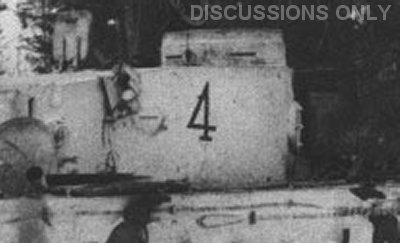
s.Pz.Abt.502 is the most extreme case, with only 5 Tigers in January 1943.
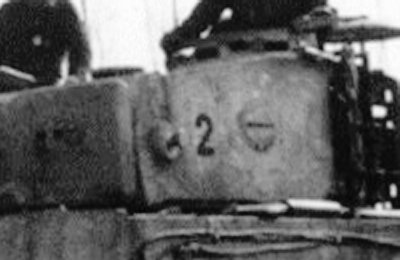
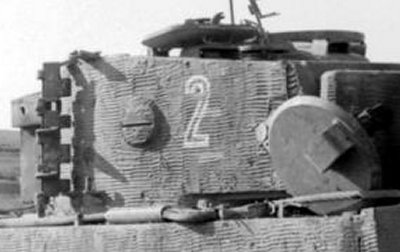
But single-digit numbers could also refer to the company rather than the vehicle. These examples are from the second companies of s.Pz.Abt.502 and 508. These Tigers don't have visible individual identifiers.
Surplus Tigers
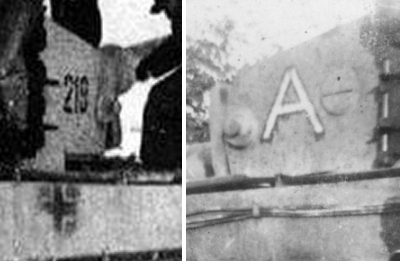
It was unusual, but a Tiger unit could find itself with more tanks than the standard organisational structure had places for. The 502 battalion, early in 1944, incorporated surplus Tigers into its 2nd company, resulting in numbers as high as "219". The 9th company of Totenkopf, on the other hand, upon acquiring one Tiger too many in October 1943, named the vehicle "A".
Command Tigers
The numbering of company command and battalion command Tigers is another topic, which I discuss separately.